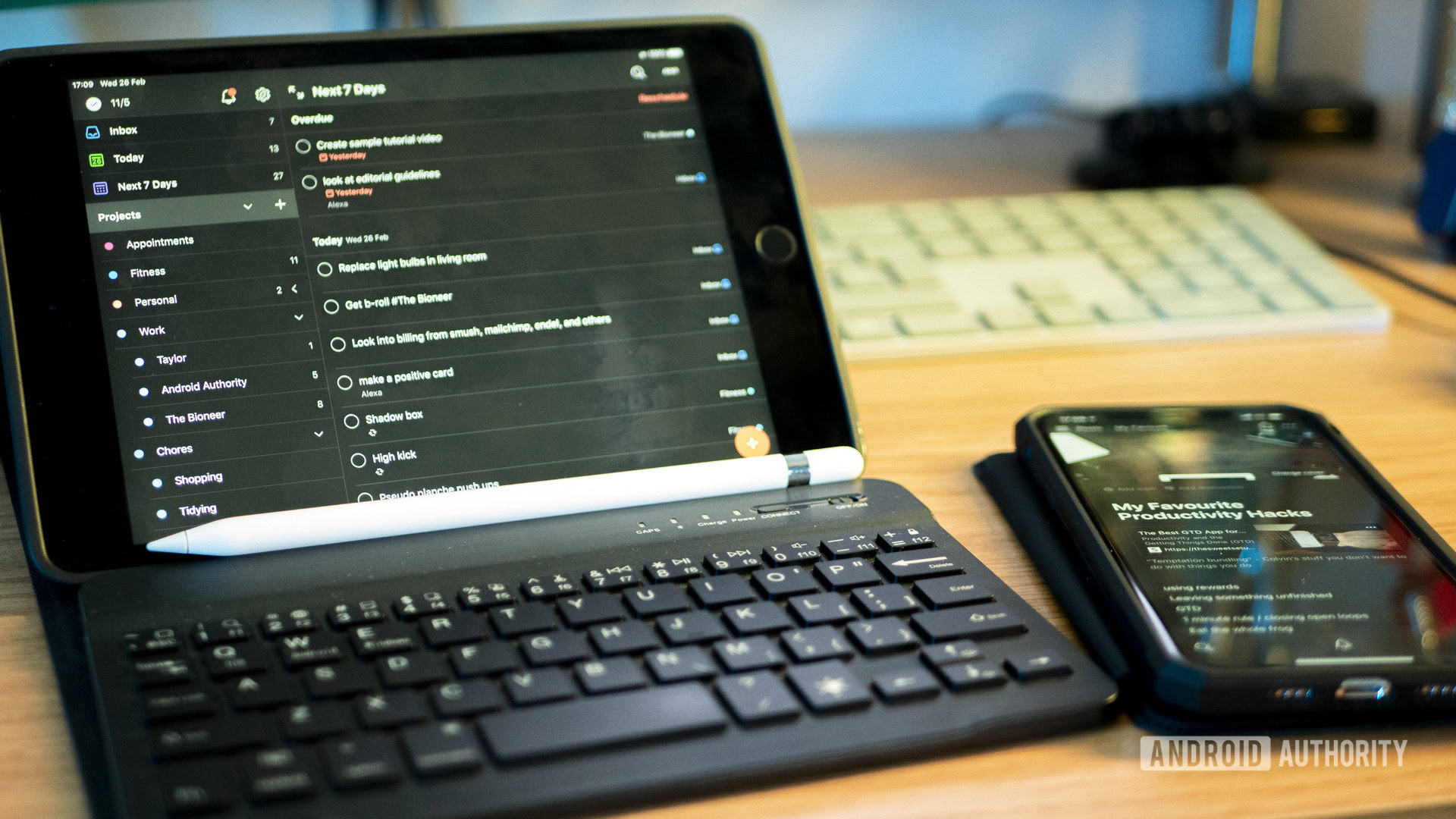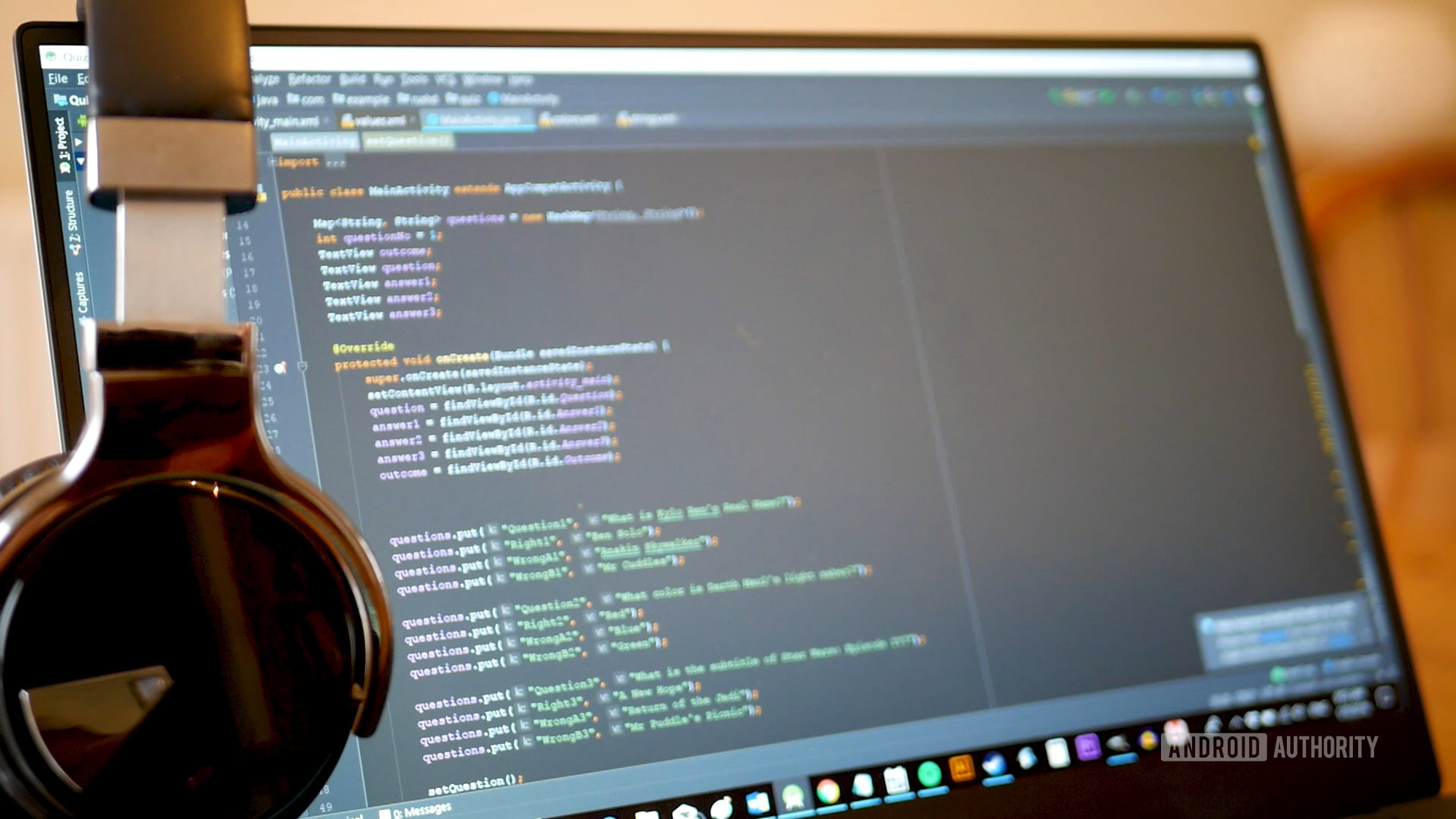Affiliate links on Android Authority may earn us a commission. Learn more.
Workload management tips for working from home
Published onSeptember 8, 2020
Working from home means you have full responsibility for your own workflow, to-do list, and productivity. There is no manager breathing down your neck and no one else to blame when you fail to complete your list of jobs on time.
The question is: how do you go about managing a huge workload and deciding what to do first? This post will act as your guide to effective workload management. Get this right and you’ll not only finish more work but also feel less stressed in the process.
The Eisenhower Decision Matrix
Let’s start with something that sounds a little technical but is actually extremely useful: the Eisenhower Decision Matrix.
Also read: How to focus on work when you’re working from home
The key here is in understanding the difference between something that is urgent, and something that is important. These might sound like synonyms, but they’re actually very different.
An urgent task is anything that needs to be completed in a timely manner. Let’s say you have a deadline for a client today and you still have a lot of work to do to meet it. That is urgent.
You can spend so long putting out fires that you never make any meaningful progress on your business or in your job role.
But if that is a tiny client who doesn’t actually need the work right now, it might not be particularly important.
On the other hand, improving the quality of your website might be very important as it could transform the way you are presenting yourself to the world. But seeing as the old website is still working just fine, it isn’t particularly urgent. Unfortunately, this is where the problem lies.
Dwight D. Eisenhower said:
“What is important is seldom urgent and what is urgent is seldom important.”
In other words, you can spend so long putting out fires that you never make any meaningful progress on your business or in your job role. This is true whether you are a grunt, or own your own business.
Also read: Top 12 online tools for home office workers
The decision matrix in question, named after this quote, was first introduced in The 7 Habits of Highly Effective People. Here, author Stephen Covey suggested that you use a kind of venn diagram to find where urgent and important overlap.
Of course, these are the tasks you tackle first. And the tasks you tackle next should be those that are “just” urgent.

But the key to being truly effective is to take those “important but not urgent” tasks and elevate them to the status of urgent. Create deadlines for them and think about the money or time lost for every minute they aren’t completed. This way, you can start living your life more proactively, such that you make meaningful progress.
There’s a great post on this subject over at the ArtOfManliness.com.
At the same time, you can also use other workload management tips to create more time and mental space to work on things that are less pressing, but very valuable.
Eat the frog
On a day-to-day basis, one of the most important things you can do is to work on the biggest and ugliest task first.
As a writer, I might have a day that includes 1 mammoth 3,000 word article on a topic I find dull, and then a few smaller fun articles at 500 words each.
The biggest tasks are normally the ones that will earn your employer the most money.
While the temptation may be to do the small ones first, this is a mistake. Getting the biggest task out of the way first means that you’ll be working on the hardest thing while you have the most energy; at the start of the day. It also means that you’ll know precisely how much time you have left at the end of the day to complete those other tasks.
Here’s a quote from another influential figure, Mark Twain:
“If it’s your job to eat a frog, it’s best to do it first thing in the morning. And if it’s your job to eat two frogs, it’s best to eat the biggest one first.”
Larger tasks also enable you to get into a flow state and focus on just one thing without task switching. This allows for a period of uninterrupted productivity, which is a perfect way to start your day.
And as it happens, the biggest tasks are normally the ones that will earn your employer or client the most money. Thus they are usually the most important and urgent!
This is the most valuable tip for workload management I have always followed. It ensures that I get a lot don every single day, even if I miss a few smaller tasks at the end.

Let it be clear though, that if your job actually involves eating frogs, you should change jobs.
Close open loops
The Zeigarnik effect was first described by a psychologist called BLUma Zeigarnik and is extremely useful when considering workload management.
Essentially, if you have an incomplete task on your agenda, then your brain will keep nagging you until you have completed that task.
This can be a good thing in that it creates a positive form of motivating stress called “Eustress.” This is the “get up and go” that makes sure we don’t spend all day on the couch and never get any work done.
The Zeigarnik effect also has a positive impact on memory, helping us to remember more things about that task specifically.
Also read: Working from home with kids: Work-life balance for WHers
However, it can also be a bad thing, in that it might prevent us from focusing on other things. Will power and attention are finite, and if you’re constantly fighting to bring your attention to the present moment, you’ll never be able to do your best work.
This alone can be enough to put our minds at rest and allow us to focus on other things.
One easy way to remove these “open loops” as they’re called, is to make a plan for completing the task. This alone can be enough to put our minds at rest and allow us to focus on other things.
Better though? Close those small open loops as small as possible to preserve your focus and willpower. If you have an email to respond to that will only take 2 minutes to answer, do it right at the start of your day! This will then make it much easier to focus on your big task!

Anything you can’t do right now, put on a to-do list and then assign a time to deal with it. This will again allow you to focus on the tasks that really matter.
Another tip is to avoid letting nagging to-dos pop up during your time off, or while you are concentrating. This is why it is so important to turn off notifications.
Zombie tasks and multitasking
Multitasking is generally considered a no-no. That’s because, on the whole, it is considered impossible. The conscious brain is only thought to be able to handle 50 bits of information per second, which is simply not enough to share between two complex tasks.
The conscious brain is only thought to be able to handle 50 bits of information per second.
While you think you are multitasking, what you are actually doing is parallel processing. You are switching your attention between two or more tasks in a cyclical nature, which actually reduces your overall productivity. You get more done when you stick to just one task and the Zeigarnik effect further ensures this is true.
The exception is when performing “zombie tasks.” These are tasks that don’t require much conscious attention – such as stuffing envelopes or resizing images. These tasks can be performed at the same time as other more demanding activities (such as managing a phone call or mentally planning an essay), seeing as they take up far fewer bits of that information.
Also read: A guide to home office lighting
Moreover, the reticular activating system will tell ensure that repetitive and meaningless stimuli never even reaches conscious processing. This process is known as habituation.
Plan ahead!
None of this will mean anything though if you don’t take the time to even consider your workload management – which is the case for a surprising number of people! At the start of your week, take a few minutes to list the tasks you have to do, and consider their importance and level of difficulty.
Using this information and the tips in this post, you can now arrange those tasks for maximum impact. Set up your most urgent and important tasks first, especially those larger and more demanding tasks. Close open loops as they come in, and make sure that you put any other nagging tasks on a list and assign time to complete them.

Do this consistently and learn as you go, and you will find that you plough through much more work than you otherwise could AND feel much fresher and less stressed at the end of it. That is the power of workload management when done correctly.
(But have a contingency plan)
But as anyone who has ever hired a contractor to renovate their bathroom knows… time and budget quotes are almost always at least somewhat misguided. The same goes for your own workload management! Unexpected surprises will derail your day, and you’ll have long stretches where nothing gets done. Make sure you always leave some “buffer” in your plans then, and don’t be too ambitious! You are still only human.